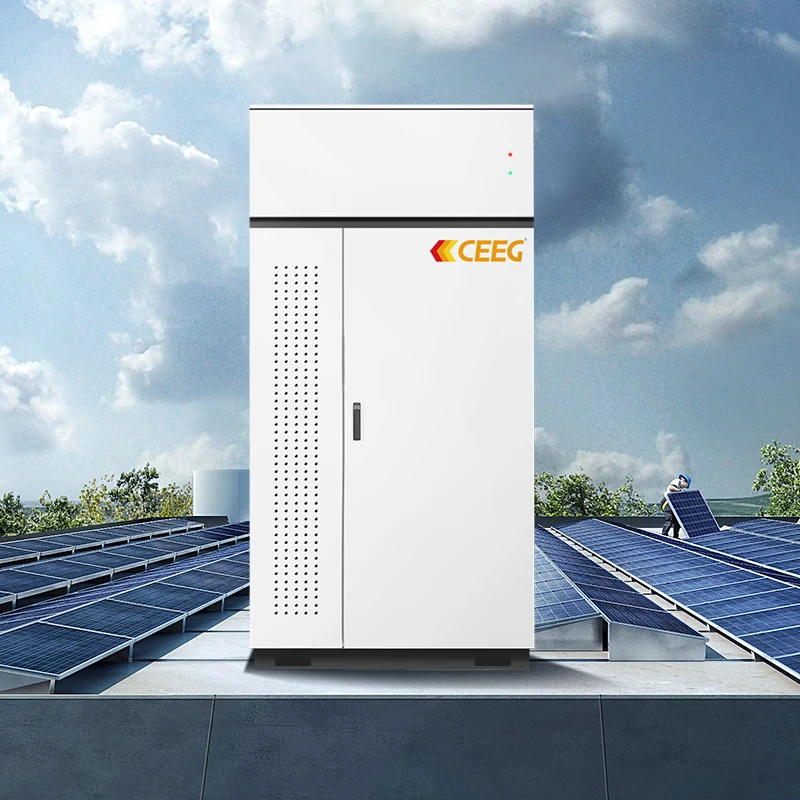Long-duration energy storage. There is no clear definition internationally as to how long a period of time is. The U.S. Department of Energy defines it as continuous discharge at rated power for more than or equal to 10 hours. However, some organizations also define it as an energy storage system that can realize charge and discharge cycles across days, months, and even seasons.
The most well-known long-term energy storage is pumped hydro storage, which still accounts for the largest proportion of energy storage in the world.
Gravity-based pumped hydro energy storage is an ancient and mature energy storage technology. Although the construction cost and period are slightly longer, once the facility is built, its energy storage cost will be very low and it can store a large amount of energy. The main difficulty lies in site selection. A suitable location must be selected without damaging the ecological environment.
In addition to pumped hydro energy storage, humans have developed and are developing a variety of long-term energy storage technologies.
Nuclear batteries: miniaturization and civilian use are advancing
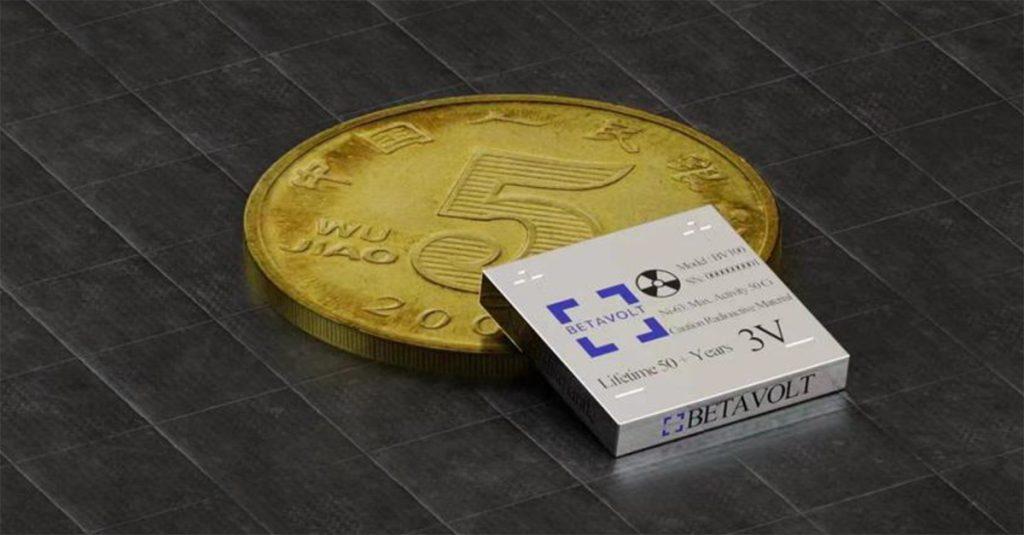
What is the farthest human probe has flown? Definitely Voyager 1. This probe launched in 1977, is still flying in interstellar space today, and is more than 21.1 billion kilometers away from the sun. Although the data and signals it returns to the earth have become weaker and weaker, people still know that it is still there. Have you ever wondered why it has such strong power and can support it to run so far?
In addition to the speed given by the gravitational slingshot during flight, the two nuclear batteries installed by humans on Voyager 1 helped it escape from the earth's gravity, change its orbit, adjust its flight attitude, transmit photos and data, etc.
The batteries on Voyager 1 were two plutonium batteries, and the energy designed at that time was able to ensure that it would continue to fly until 2025.
.jpg)
The principle of nuclear battery discharge is that when radioactive material decays, it can release charged particles, which if used correctly can produce an electric current. Normally unstable (i.e. radioactive) nuclei undergo decay and become more stable after emitting particles and energy. Nuclear batteries are made by using the principle that energy is released when radioactive materials decay.
Nuclear batteries are commonly used in the military and aerospace fields, such as Voyager 1. Such nuclear batteries tend to be very large. Reducing the size is one of the major difficulties facing nuclear batteries. But this direction is attracting scientists, because when the size is reduced to the point that it can be used by civilians, the kinetic energy it provides to the product may even last longer than the life of the product itself.
The miniaturization and safety of nuclear batteries have attracted scientists to continue research. Now it has achieved some success. The "nuclear battery" developed by the research team of the Department of Computer Engineering of the University of Missouri in the United States is small in size and powerful in power. Larger than a 1-cent coin (1.95 cm in diameter and 1.55 mm thick), but has 1 million times the power of an ordinary chemical battery.
The advantage of micro nuclear batteries is that they have sufficient and stable power, but the disadvantage is that they have radioactive contamination. How to ensure its safety is also a major task for mankind.
Gravity energy storage: Concrete block energy storage emerges in a surprising way
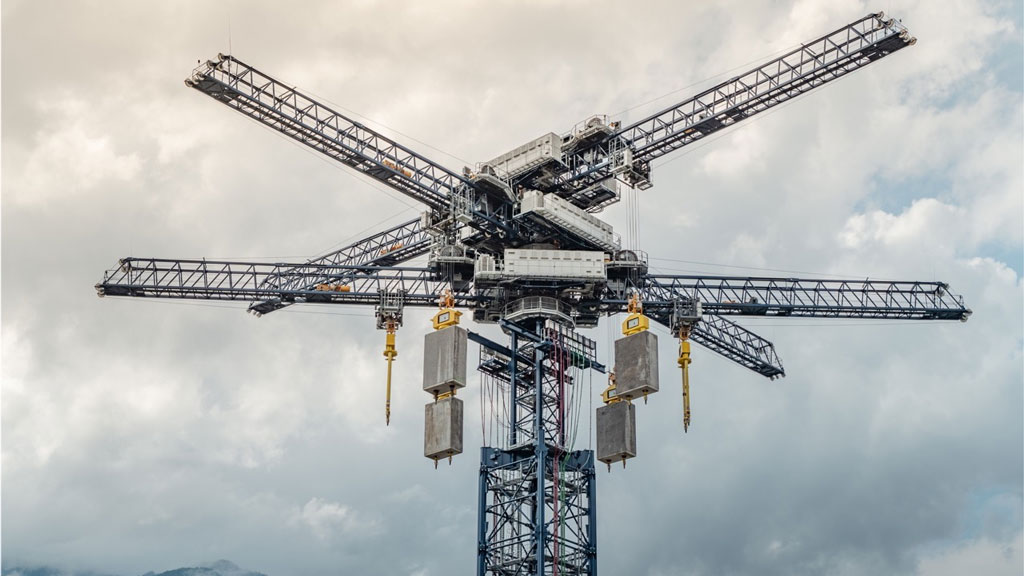
When any object with mass falls, the energy brought by gravity can be used. Pumped hydro energy storage utilizes this principle. Now one company is using concrete blocks to achieve this form of energy storage. Their plan is to store excess energy by stacking thousands of specially-made concrete blocks into towers via cranes and then lowering them when the energy needs to be released.
This is a challenging concept proposed by the start-up company EnergyVault. They believe that pumped hydro energy storage is too restrictive and that using concrete blocks can avoid geographical restrictions. So the company developed and launched this energy storage technology using mature technologies from other industries such as concrete and cranes.
This technology is full of controversy. Many people believe that in today's world where high technology is everywhere, such a solution is too low-tech. But in any case, this method does produce and store energy. The controversy also brought the company its largest investment ever: $110 million from Japan's SoftBank Group last summer. India's Tata Power signed a contract with EnergyVault for a small 35MWh project, indicating that some customers are interested in this energy storage technology.
EnergyVault says that if the system is up and running, a lot of trust can be established. Establishing capabilities suitable for commercial practice is critical for this energy storage technology.
But some people question that first of all, the cost of building infrastructure is high, and secondly, in order to increase energy density, heavy iron blocks must be used, which increases the cost and requirements of cables. Regular maintenance and replacement are necessary, otherwise such heavy things If it hits the ground, it will most likely cause an earthquake.
Air compression: Tossing air is a technical job
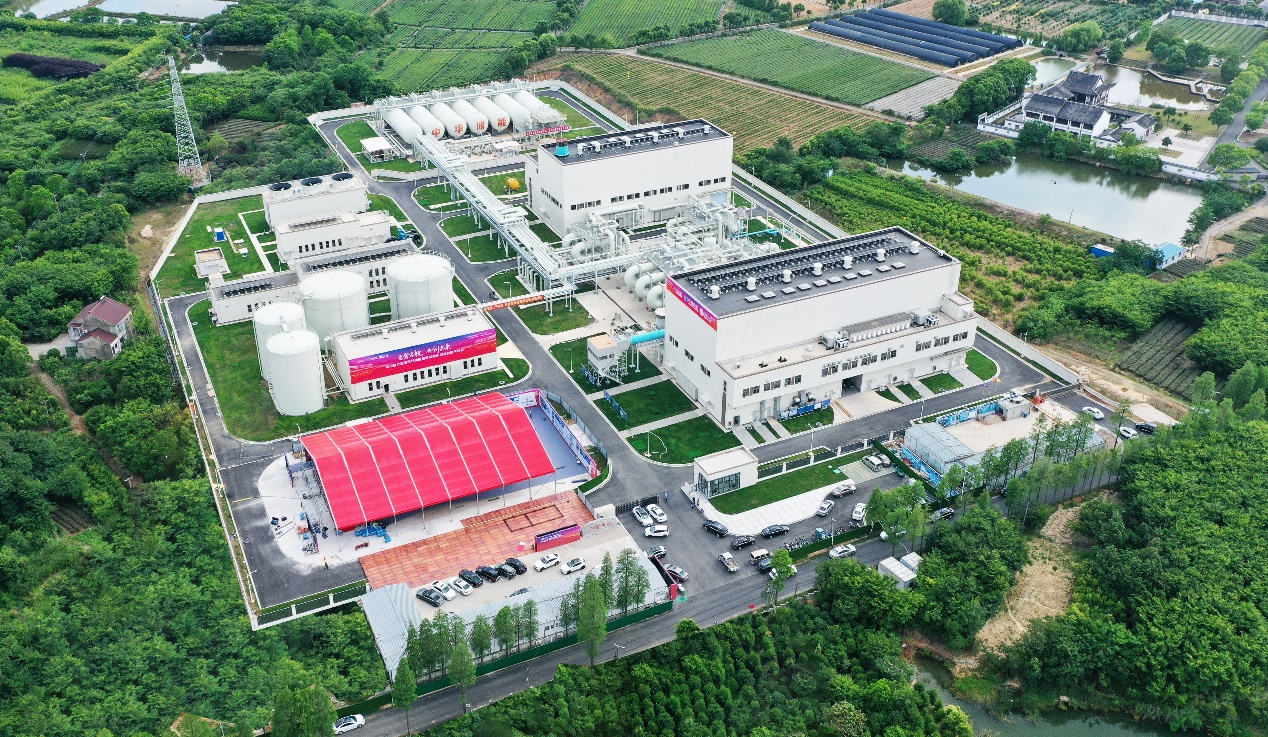
Air compression energy storage technology is divided into underground compressed air energy storage technology and liquid air energy storage technology.
Underground air compression uses underground space as a giant storage tank, using excess electricity to pump compressed air into the underground space. When needed, the compressed air is released to allow power generation facilities to generate electricity again. Recently, two salt cavern air compression projects are in the grid-connected power generation stage.
The national test demonstration project of salt cavern compressed air energy storage in Jintan, Jiangsu Province was successfully connected to the grid. As the world's first non-supplementary combustion compressed air energy storage power station, the successful grid connection test marks that my country has made significant progress in the research and development, and application of new energy storage technology.
The first phase of the 10-megawatt (MW) demonstration power station of Feicheng Salt Cave Advanced Compressed Air Energy Storage Peak Shaving Power Station in Shandong Province successfully passed the acceptance inspection and was officially connected to the grid for power generation. This marks that the world's first advanced salt cavern compressed air energy storage power station has entered formal commercial operation.
In addition, large-scale air compression energy storage projects have also been launched in Bijie, Guizhou, and Zhangjiakou, Hebei.
However, this energy storage technology is usually restricted by geographical environment. There are also many companies exploring underground air compression solutions that break through geographical restrictions. Canadian energy storage developer Hydrostor adopts a different approach: pumping compressed air into existing caves. (such as abandoned mines) and maintain constant pressure with water. The goal is to free compressed air energy storage technology from the constraints of geological conditions while minimizing technical risks by using equipment from other mature industries.
For liquid air energy storage, air is compressed and stored in pressurized tanks, with air compression equipment and generators sourced from established supply chains in mature industries. This innovative energy storage technology can be used in grid-scale energy storage systems. After 15 years of development and improvement, British energy storage developer Highview Power is committed to transforming the liquid air energy storage pilot project it developed into a large-scale commercial energy storage facility.
Flow batteries: the most recognized long-term energy storage
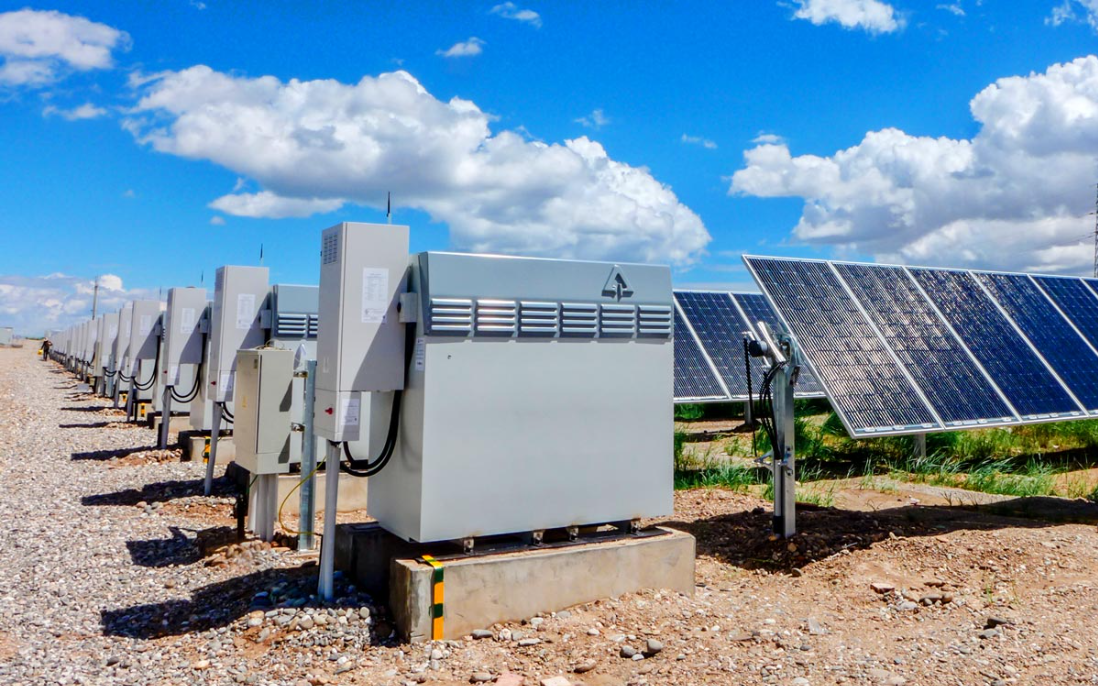
Flow batteries have always been considered a promising long-term energy storage technology, and there are several flow solutions that are keeping pace with lithium batteries on the electrochemical energy storage track. European and American battery startups such as Zinc8, Primus, and Invinity focus on zinc flow batteries.
However, zinc batteries are currently not as popular as vanadium batteries. In Asia, vanadium flow batteries are the main direction. China has performed well on the vanadium battery track. Beijing Puneng is a world-leading company, and Dalian Raycom also has strong scientific and technological capabilities. We once made a systematic introduction to the progress of domestic vanadium batteries: in the next five years, this type of battery will account for 20%! The whole life cycle cost is only 0.48 yuan/kWh! It is extraordinary!
All-vanadium redox flow battery combined with solar cells
Japan's vanadium battery production is represented by Sumitomo Electric. Flow battery manufacturers ESS, Avalon, and British flow battery manufacturer RedT also focus on vanadium battery research.
ron-air batteries: taking the wrong approach
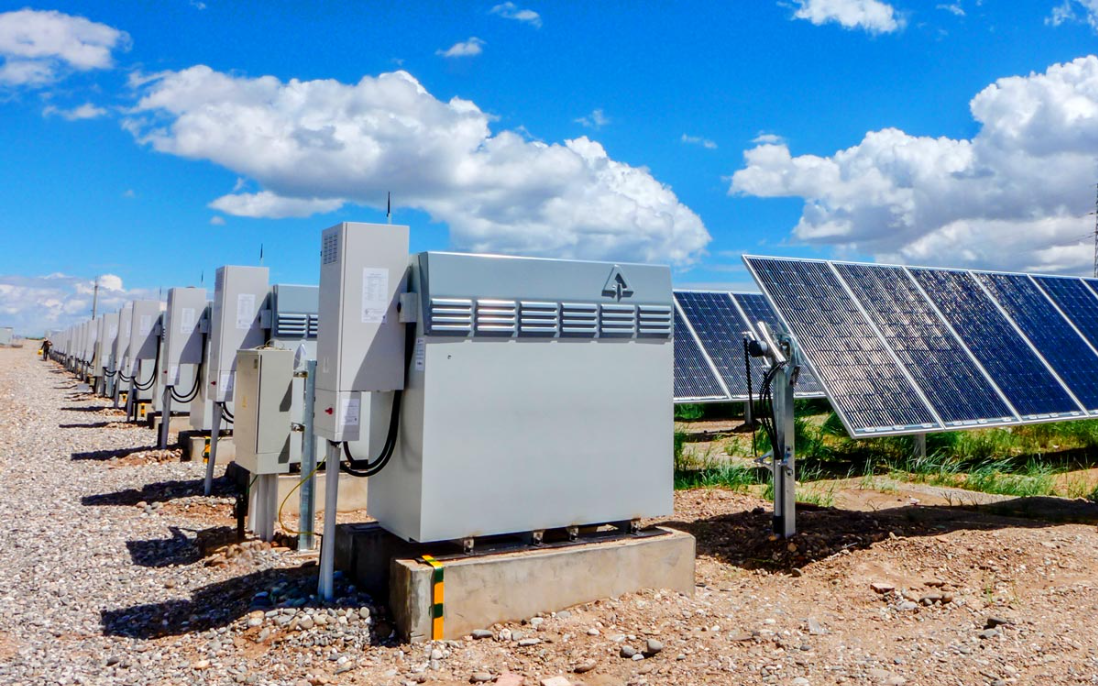
Among the long-term energy storage technologies that have entered commercialization, iron-air batteries have also emerged, which are eccentric and are currently in the technology confidentiality stage, so their mystery has also attracted a lot of attention.
The iron-air battery was released by long-duration energy storage star company Form Energy. The company has kept its technology secret until the company announced that it had completed a $200 million Series D financing and did not disclose the battery technology it used. The basic principle of iron-air chemistry batteries is based on the reversible oxidation (rusting) of iron. When the iron-air chemical electrical discharge occurs, the oxygen in the air causes the iron to rust. Then when it is charged, the rust is converted back into iron through the application of electrical current. The only substance emitted by this process is oxygen.
The company claims that energy storage systems using such batteries can last up to 100 hours of discharge at a cost comparable to existing fossil fuel power plants and may be more than 10 times less expensive than lithium-ion battery energy storage systems.
The aim is to produce iron-air chemistry batteries close to where they are deployed, using locally sourced iron ore.
Even when extreme weather knocks out the power grid for days, the company said. Featuring extremely low cost, safety, durability, and global scalability, iron-air batteries are the best solution for balancing multi-day variations in renewable energy generation. Form Energy's first project will be operational in Minnesota in 2023.
In addition to the above new solutions, Professor Cui Yi of Stanford University also established EnergyVenue in 2020, focusing on metal hydrogen batteries that are widely used in the aerospace field, and plans to carry out pilot projects with Hong Kong and China Gas Company. In addition, thermal energy storage (such as molten salt energy storage), chemical energy storage (hydrogen, ammonia), and other technologies are also gradually entering people's field of vision.
Most solutions for long-duration energy storage technology are still in the early to mid-stage research and development demonstration stages, and the winner has yet to be announced. But in order to store more sufficient and longer-term energy, humans have been working hard.
 Search
Search
 EN
EN










